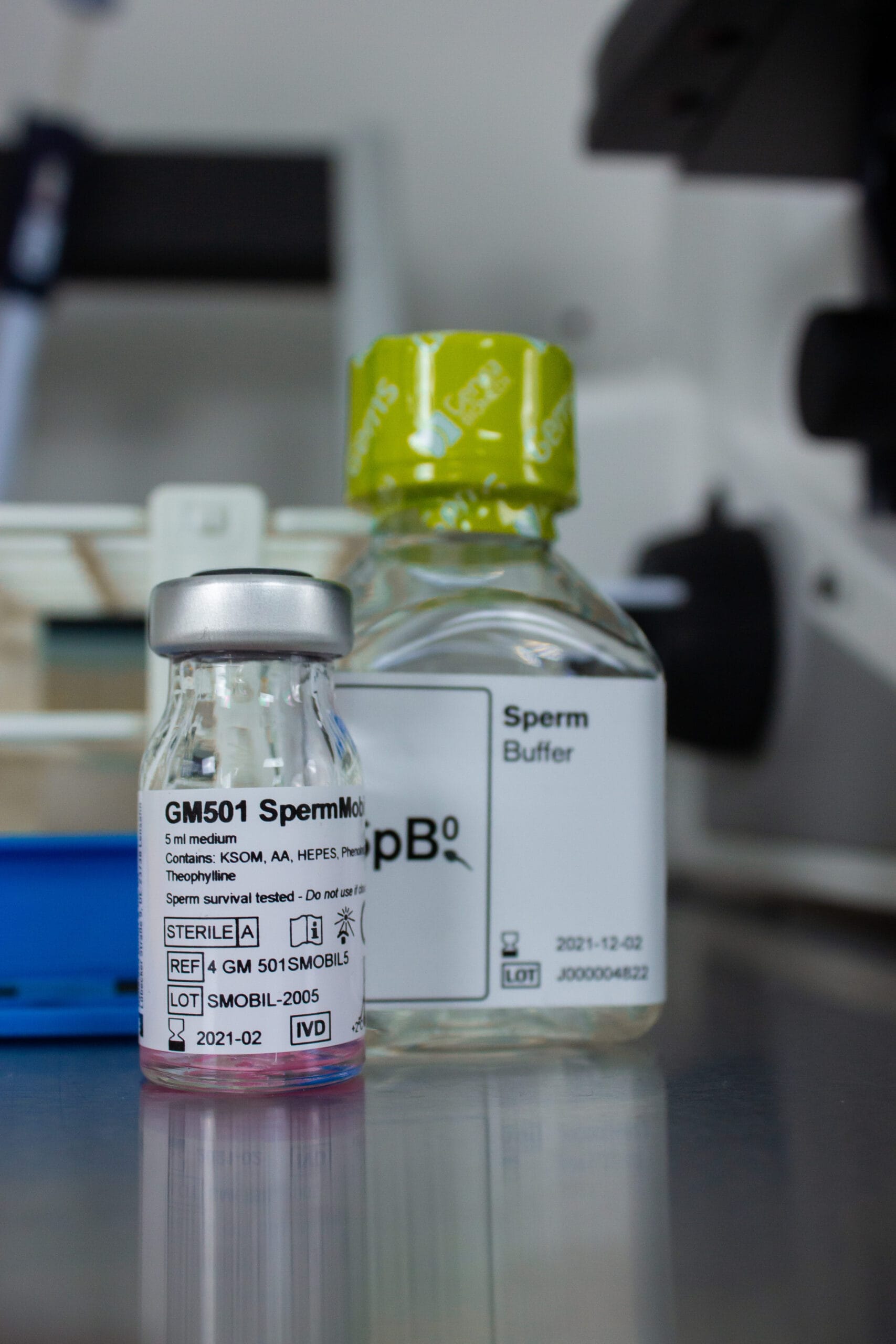The second chance to make a first impression
Thomas Ebner, Kepler University, Kinderwunsch Zentrum, Linz, Austria

It was way back in 2005 when I was contacted by a sales representative of Gynemed offering me a test phase for a ready-to-use solution called GM501 SpermMobil. I was told that the said agent contains theophylline which, similarly to pentoxifylline, is meant to stimulate sperm motility in cases of severe male factor infertility. Though I am rather critical of implementing new technologies without evidence-based data published, I soon found myself in a hopeless situation in which not a single spermatozoon was found motile in a frozen-thawed testicular sample of a patient suffering from non-obstructive azoospermia. Full of expectations I warmed a small volume of the theophylline containing agent and added it to the sperm sample. Long story short, no effect on motility at all! Thus, immotile sperm had to be used for ICSI, which hardly surprising resulted in cycle cancellation.
One can imagine that my feedback to the company regarding GM501 SpermMobil was little enthusiastic and I did not really plan to use it again. Until I came across another case that had a history of complete fertilization failure due to absolute asthenozoospermia. In my despair I had to rely on GM501 SpermMobil again and what should I say, not only that motility was restored in this patient but also a healthy baby was born after single blastocyst transfer.
This was the beginning of a long success story. While initially GM501 SpermMobil was mainly applied in cases studies, its CE mark achievement further promoted overall acceptance amongst embryologists and led to its extended use for other indications as pronounced asthenozoospermia such as in cases of frozen-thawed ejaculated or testicular sperm. Final breakthrough of the ready-to-use compound was achieved when the European Cells and Tissues Directives had to be implemented in 2008 which made usage of products manufactured in-house a sheer impossibility.
Our group was in fact the first to do a larger prospective study using GM501 SpermMobil on 65 TESE patients (Ebner et al., 2011). In this sibling oocyte study, it was realized that sperm selection took significantly less time in theophylline-treated testicular samples as compared to the untreated control. In addition, theophylline allowed to better distinguish between actually viable and borderline spermatozoa, e.g. those with rudimentary motility. These benefits may explain the significant improvement in the rates of fertilization, blastocyst formation, clinical pregnancy, and live birth in the GM501 SpermMobil group. Of note, all 24 babies born from this cohort were healthy (Ebner et al., 2011). The observed relative safety of GM501 SpermMobil has later been confirmed by several authors (Ebner et al., 2014; Sandi-Monroy et al., 2019; Holubcová et al., 2021). This is of particular interest since anecdotal reports from the early years of ART imply that pentoxifylline and theophylline have a negative effect on embryo growth in a dose- and time-dependent manner. Thus, despite its rather low concentration of theophylline and the short incubation period with sperm, GM501 SpermMobil should not have contact with oocytes or embryos.
And definitely theophylline is not the all-in-one solution for severe male subfertility! It is a xanthin derivate which acts as an inhibitor of phosphodiesterase (PDE) an enzyme that converts cAMP to AMP. As a consequence, cAMP accumulates in the sperm and activates protein kinase A which in turn causes phosphorylation of regulatory proteins of the axonema, particularly dynein. Having this mode of motility restoration in mind it becomes evIDENT® why theophylline and other PDE inhibitors are ineffective in spermatozoa showing structural defects such as dysplasia of the fibrous sheath, stump tails, primary ciliary dyskinesia, or Kartagener syndrome (Ebner et al., 2015). However, such severe male factor cases may be rescued if the oocyte is artificially activated with ionophores (Ebner et al., 2015). But this is another story.
Ebner T, Tews G, Mayer RB, Ziehr S, Arzt W, Costamoling W, Shebl O. Pharmacological stimulation of sperm motility in frozen and thawed testicular sperm using the dimethylxanthine theophylline. Fertil Steril. 2011 Dec;96(6):1331-6. doi: 10.1016/j.fertnstert.2011.08.041.
Ebner T, Shebl O, Mayer RB, Moser M, Costamoling W, Oppelt P. Healthy live birth using theophylline in a case of retrograde ejaculation and absolute asthenozoospermia. Fertil Steril. 2014 Feb;101(2):340-3. doi: 10.1016/j.fertnstert.2013.10.006.
Ebner T, Maurer M, Oppelt P, Mayer RB, Duba HC, Costamoling W, Shebl O. Healthy twin live-birth after ionophore treatment in a case of theophylline-resistant Kartagener syndrome J Assist Reprod Genet. 2015 Jun;32(6):873-7. doi: 10.1007/s10815-015-0486-2.
Holubcová Z, Otevřel P, Koudelka M, Kloudová S. Live birth achieved despite the absence of ejaculated spermatozoa and mature oocytes retrieved: a case report. J Assist Reprod Genet. 2021 Apr;38(4):925-929. doi: 10.1007/s10815-021-02070-y.
Sandi-Monroy NL, Musanovic S, Zhu D, Szabó Z, Vogl A, Reeka N, Eibner K, Bundschu K, Gagsteiger F. Use of dimethylxanthine theophylline (SpermMobil®) does not affect clinical, obstetric or perinatal outcomes. Arch Gynecol Obstet. 2019 Nov;300(5):1435-1443. doi: 10.1007/s00404-019-05312-8.
